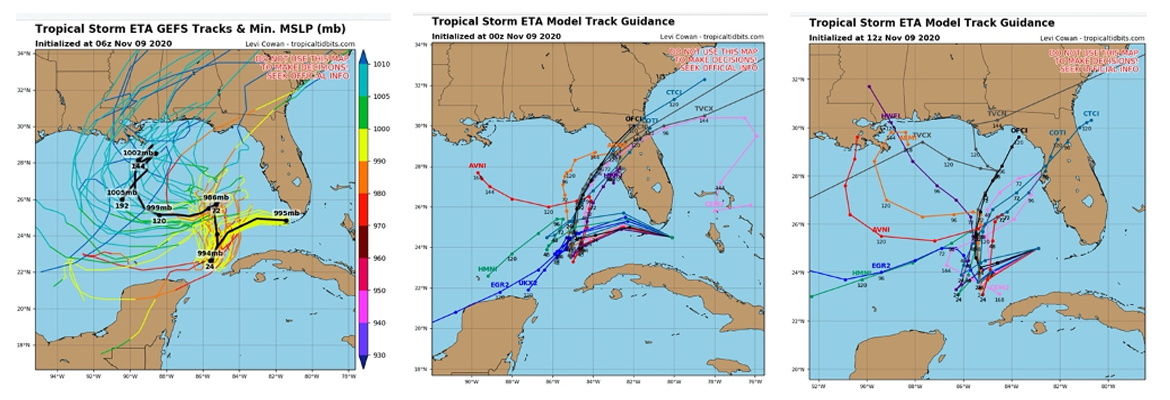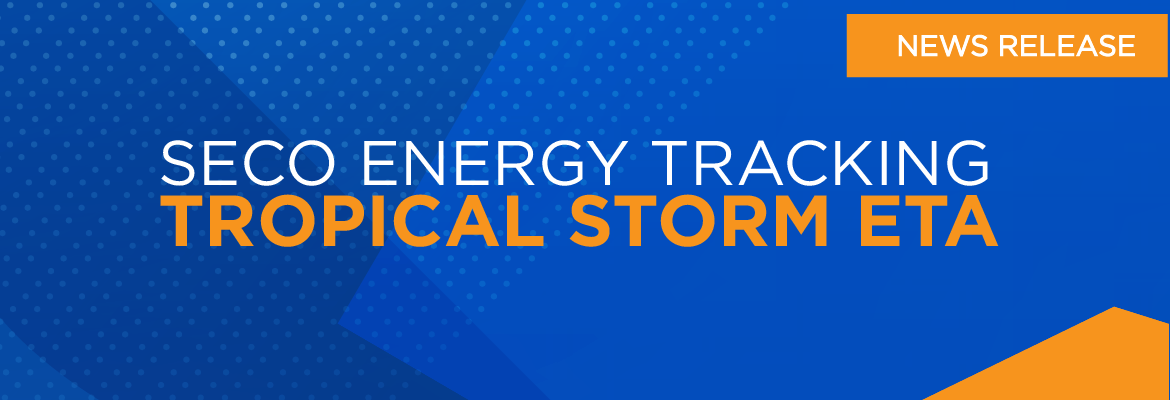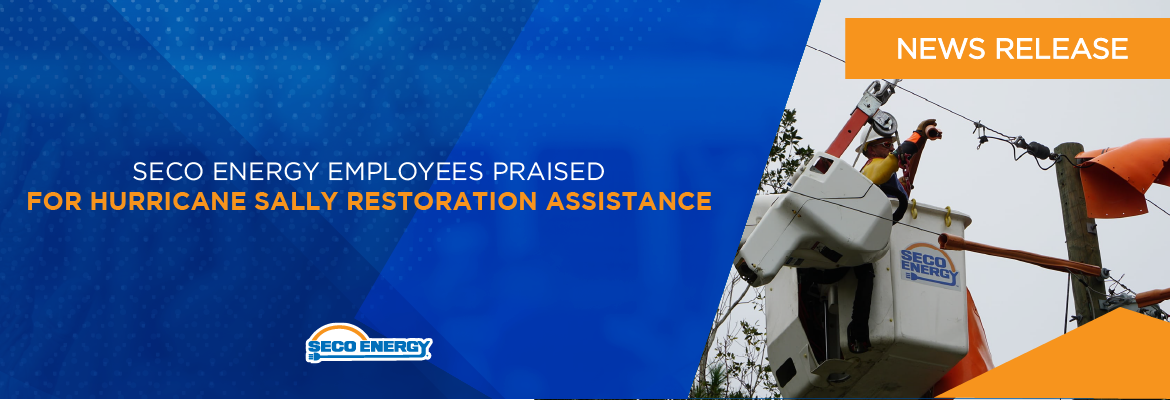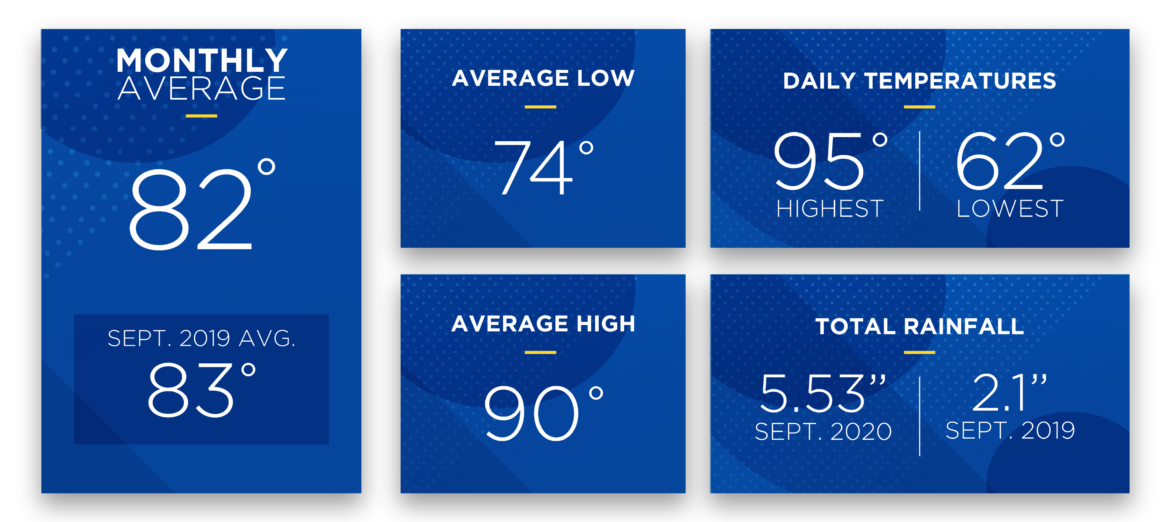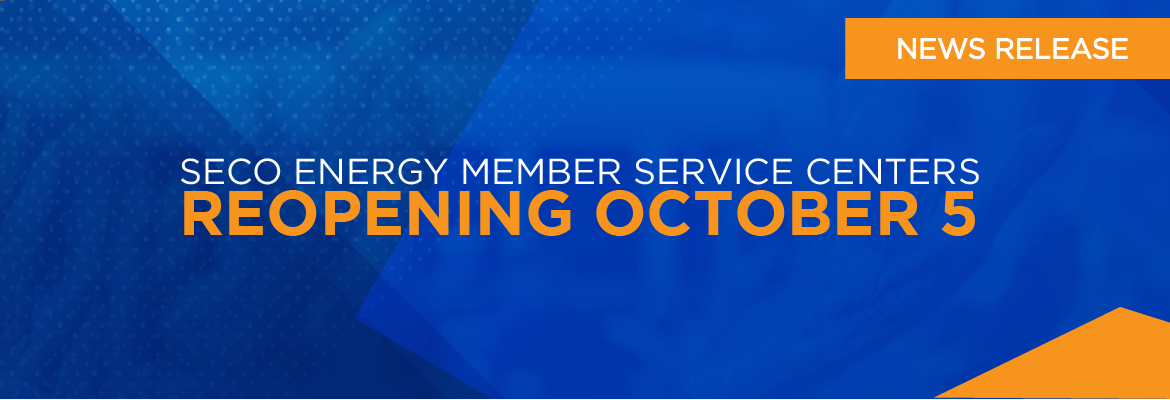Duncan’s Digest – Capital Credits – Co-op Membership Pays $6.1 Million
Last month I announced a higher member-favorable Power Cost Adjustment (PCA) or “Hot Bucks” credit. This month, I have more good financial news. During the September Trustees’ Meeting, your Board approved a record-high Capital Credit retirement of $6.1 million to current and former members. Look for your Capital Credit retirement on your November bill.
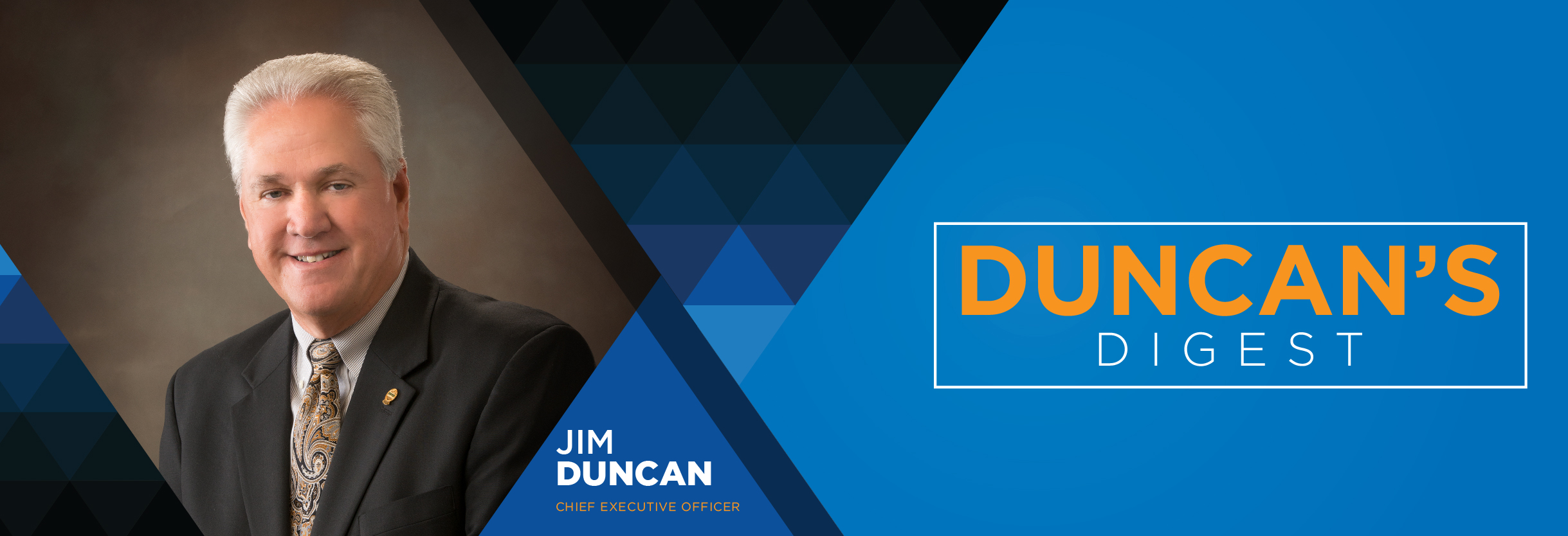
The concept of Capital Credits is unique to not-for-profit, cooperatively structured businesses. You and your fellow 210,000+ cooperative members own a portion of SECO Energy’s equity. Your energy purchases build patronage capital. Ownership is defined through the annual process of allocating each member’s share of the co-op’s margins from the prior year. Individual Capital Credit allocations represent the percentage of the yearly amount of electric service purchased by each member.
Capital Credits are the accumulation of all prior years’ revenues after the co-op’s operating costs and expenses are paid. These credits are allocated on a pro-rata basis to each SECO member’s account as Capital Credits. Annually, SECO examines the cooperative’s financial position and makes a recommendation to the Board of Trustees on the “retirement” of Capital Credits. This year’s $6.1 million retirement means SECO is returning a portion of the cooperative’s equity to current and former members.
Current members will see the retirement amount on the November billing statement as a line item labeled “Capital Credit Ret.” All active commercial members with retirements over $600 will receive a check. Former members who receive a retirement over $10 will receive a check as long as they’ve kept SECO advised of an updated mailing address. If you move out of SECO’s service area, keep your mailing address updated so we can send future Capital Credit retirements your way.
For many, the COVID-19 pandemic and economic uncertainty of 2020 have been stressful. I am pleased that our members will receive a tangible benefit of the not-for-profit cooperative business model with a $6.1 million Capital Credit retirement this year. Since we energized the first few hundred members’ services in 1938 as Sumter Electric Cooperative, Inc. to now doing business as SECO Energy, we have retired $72.9 million to current and former members.
It is our privilege to be your electric provider.
Sincerely,
Jim Duncan
Chief Executive Officer

Duncan’s Digest Extra – Prepaid Meter Upgrade Serves as AMI Pilot Project
You’re hearing from me twice this month due to important news that will affect the 6,300 members currently enrolled in the SECO Energy MyWay PrePay program.
Currently, the prepaid program uses an electric meter with an older cellular data communications system to send automated daily meter readings back to SECO. Members enrolled in the prepaid program can log in to their online accounts/apps to view their daily energy use and to use a flexible “pay-as-you-go” approach to their energy use.
Unfortunately, the cellular communications infrastructure currently used in these meters is becoming outdated with the advent of LTE and 5G. The meters and backbone system must be updated to remain operational as a prepaid program before year-end 2020. At the same time, this equipment upgrade allows SECO to fulfill a secondary purpose as a pilot project for a potential future AMI (Advanced Metering Infrastructure) system. Lastly, it allows SECO to offer a future time-of-use (TOU) rate to members with electric vehicles to save money by charging in lower-cost off-peak periods.
We have partnered with Honeywell to replace the existing and soon-to-be outdated prepaid meters with a device that offers more advanced utility-based capabilities. Recently, Honeywell joined forces with Verizon to bring AMI meters to utilities using 4G/5G Long Term Evolution (LTE) cellular data. The new AMI meters use two-way communication protocol between the utility database and the meter using the same data communications infrastructure used in your cell phones.
In November and December, SECO-contracted technicians will replace old prepaid meters with new Honeywell AMI meters that use Verizon cellular communications technology. Bringing an AMI program into our service area with its mix of rural, suburban and metropolitan areas will be a technical challenge. This pilot project using Honeywell’s meter and Verizon’s latest cellular technology may well prove to be the answer to our members’ needs.
Immediately upon installation at our prepaid account locations, the new Honeywell AMI meters will supply daily usage readings through two-way communication protocol. In the future when the Meter Data Management system is integrated with SECO’s online account platform, Smart Hub, members with the Honeywell meters will be able to see 15-minute interval usage data – to have an even closer look into their energy use habits.
AMI systems save significant labor dollars for many utilities. The new Honeywell meter also offers SECO the ability to detect outages, troubleshoot and reconnect/disconnect service remotely – which means improved efficiency for SECO and faster service for members who need to transfer service in a move, disconnect service or establish brand new service with SECO.
We have high hopes for the success of this pilot project and will review results with SECO’s Board of Trustees. If the system is successful, the Board may decide to move forward with systemwide AMI deployment in the future after evaluating a full business case. This will pave the way for all of our members to benefit from a more advanced look at their energy usage behavior and the ability to embrace energy efficiency measures if they so choose.
AMI FAQ
WHO WILL INSTALL THE AMI METER?
A SECO-contracted meter technician will install the new AMI meter and remove the old one. All SECO contractors carry company ID, and their trucks are clearly marked with a SECO Energy Authorized Contractor decal.
WILL MY SERVICE BE INTERRUPTED WHILE THE METER IS REPLACED?
Yes, but just briefly. You will experience a brief interruption of a few minutes while the meter is exchanged. Technicians will courtesy knock before performing the meter exchange and will leave a door hanger as well. You do not need to be home for the meter exchange.
WILL THE METER’S CELLULAR TRANSMISSION AFFECT OTHER DEVICES IN MY HOME?
No. The cellular data of other devices in your home will not be affected or interrupted.
IS THE HONEYWELL METER SAFE?
Yes. The Honeywell meter uses an industry standard cellular communications system, just like your cell phone. The components of the meter and communication module are UL (Underwriter Laboratories) certified.
WHAT ARE SOME OF THE ENHANCED CAPABILITIES OF AMI METERS?
A fully-developed AMI system allows members to review their energy usage in almost real-time. SECO can transfer, reconnect/disconnect, and troubleshoot the service remotely. When an AMI system is deployed for all members, you can choose your billing date, set usage threshold alerts, have access to money-saving dynamic rates and much more.
I AM A MYWAY PREPAY MEMBER WHO WOULD LIKE TO OPT-OUT OF RECEIVING AN AMI METER. WHAT CAN I DO?
Without an AMI capable meter, the prepaid program cannot function properly. At this time, MyWay PrePay members can choose to unenroll from the prepaid program by requesting to change their account type to a postpaid, traditionally billed account if they would like to opt-out. Members can visit Contact Us, call or email Customer Service to opt out.
NOTE: Postpaid accounts are subject to a security deposit. SECO will complete an Equifax Utility Score Check upon request to change a prepaid account to a postpaid, traditionally billed account.

Toys for Tots
Once again, SECO Energy employees are spreading Christmas cheer by taking part in our annual corporate Marine Corps Reserve Toys for Tots drive. We’ve had friendly competition between employees and departments in years past to collect the most bicycles and other donated toys. SECO Energy’s Pennies from Heaven program has pledged $5,000 this year to complement employees’ Toys for Tots donations.
Retired Marines and other volunteers operate Toys for Tots. Volunteers pick up donations and distribute the toys to children in need. All donated toys stay local and are distributed in the area they were donated. We foresee a great need for children’s toys this year as many local families were affected by the COVID-19 shutdown.
Members can take part, as well. Join SECO in spreading Christmas joy by donating a new unwrapped toy for our annual Toys for Tots drive. Our five Member Service Centers in Eustis, Groveland, Inverness, Ocala or Sumterville serve as public drop-off locations from November 2 to December 7.
SECO Energy’s Pennies from Heaven program rounds up members’ bills to the nearest dollar and uses the extra pennies to help members who need bill payment assistance or donations for local charitable causes such as Toys for Tots. If you would like to join your fellow cooperative members in making a difference in our communities one penny at a time, visit Pennies from Heaven to enroll in the program. Thank you in advance for your generosity.
Members who would like to register to receive toys donated through Toys for Tots can Request a Toy on their website.
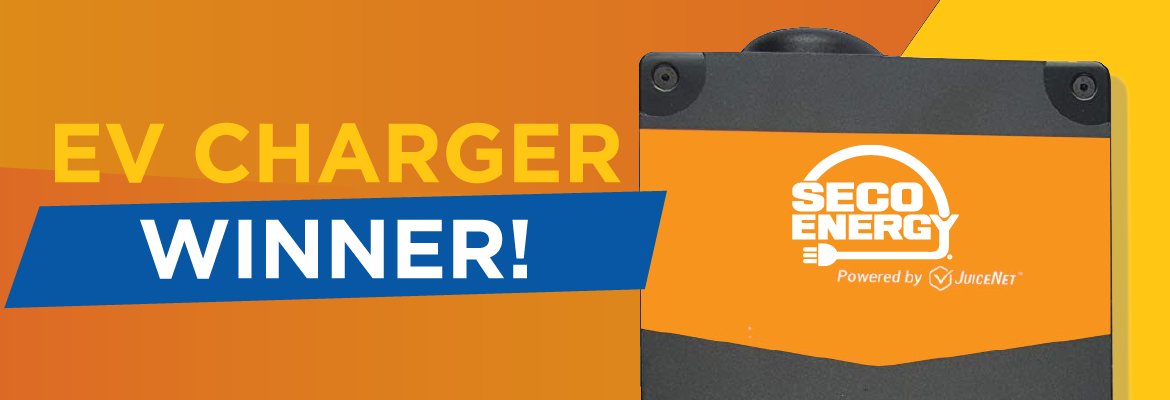
EV Charger Winner!
Justin Allender from Clermont is the October winner of a SECO Energy branded JuiceBox Pro 40 EV Level 2 charger. We’re giving one charger away each month while supplies last. To enter, text “EV” to (352) 320-4500 for a link to enter. Or click on the EV Charger Giveaway homepage banner.
Learn more about the benefits of electric vehicle ownership on our EV website pages. You’ll find an EV savings calculator, information about CO2 reduction, an EV and PHEV model finder and a nationwide charger-finder map. Visit our Electric Vehicles page for more details.
Watch SECO News for next month’s charger winner.

Toys for Tots Word Search
Get into the holiday spirit by completing our Toys for Tots Word Search. Donate a new, unwrapped toy for Toys for Tots at one of our Member Service Centers from November 2 to December 7.


Safety Corner Decorating Safely
Do you live in a neighborhood with area light posts/poles? Please refrain from using these to display your holiday decorations. For safety reasons, SECO does not allow members or homeowners’ associations to use our poles for decorating purposes. Light poles and posts are not made for or rated for the added weight of decorations, signs or banners.
We also prohibit members from adding decorations, signs, advertisements, banners or sports equipment to SECO poles. Nailing, stapling or tacking items to poles degrades their structural integrity. Sharp protrusions can also injure or puncture a SECO employee or contractor or damage their protective equipment such as gloves and sleeves. The pole’s ground wire can also be damaged. More important, we don’t want our members to be injured while hanging lights or decorations from a pole not meant to support the weight of the décor or ladder leaned against it.
Learn more about our Keep It Clear – We Work Here safe clearance requirements around poles, meters, transformers and secondary enclosures.

Advice from The Old Farmer’s Almanac & USDA Weather Stats
SECO Energy’s service territory falls into the Department of Agriculture’s “Zone 9” for plant hardiness. Zones are determined by the average annual extreme temperature over the last 30 years in the area. Zone 9’s extreme minimum temps range from 20-30 degrees Fahrenheit – which is quite warm compared to the rest of the nation. Visit the USDA.gov website to learn more about plant hardiness zones.
Plant bulbs this fall for beautiful blooms in the spring. For a winter flower garden, The Old Farmer’s Almanac recommends planting grape hyacinth or winter aconite. Create spring blooms by planting bluebells, daffodils, fritillary, bearded or Siberian iris, ornamental onion and spring starflowers. These bulb varieties like well-drained soil and full sun – perfect for Florida!
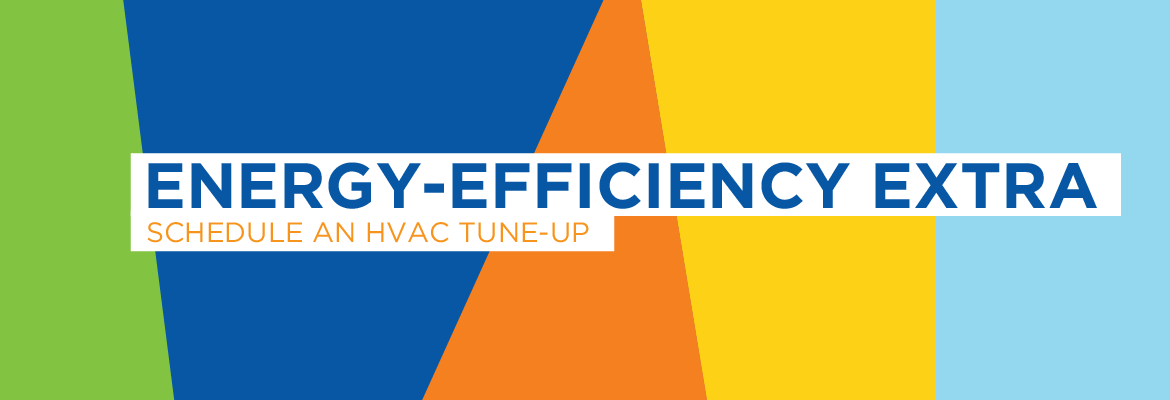
Energy-Efficiency Extra Scheduled an HVAC Tune-Up
Fall is officially here, and cooler temperatures have arrived in Central Florida. Before the winter chill sets in, schedule an HVAC tune-up with a licensed technician. HVAC units that receive regular service function more efficiently and use less energy to heat (or cool) your home.
Preventative maintenance will extend the life of your HVAC unit and help you avoid an unexpected, costly repair bill. Set a calendar reminder to change your unit’s air filter monthly or follow the manufacturer’s suggested filter change schedule.
For more energy-efficiency tools, visit our Energy Efficiency page. Our Home Energy Assessment is an online energy audit that provides energy-efficiency advice tailored to your home’s features and lifestyle. The Energy Estimator calculates the amount of energy used and associated costs for the electronics, appliances and just about anything that uses electricity in your home. Submit with an email address to receive low-cost energy-efficiency tips specific to your home.
Read the full November 2020 SECO News online.
